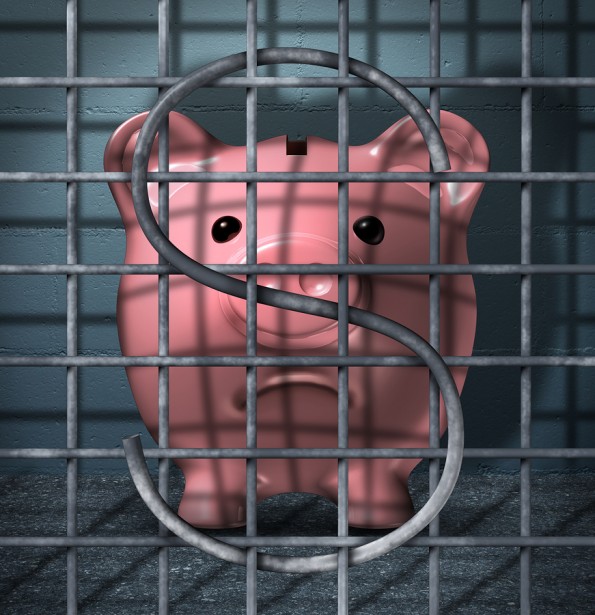There are many critics of the way the United States government and the Federal Reserve are handling the overall economy. Some detractors of the current stimulus policy say the U.S. central bank is distorting the economy through quantitative easing, record-low interest rates and balance sheet expansion, while the government is going deeper into debt. Proponents say, however, this is the best way to achieve economic growth and prosperity.
Writing in his weekly commentary, John Hussman, founder of the eponymous Hussman Funds family of mutual funds and staunch critic of the Fed, warned that the U.S. economy may appear to be fine on the surface, but as soon as one takes peek underneath there are many dire problems, including diminishing labor force participation and a paucity of capital accumulation.
Hussman noted that the current stance among policymakers is to dampen savings, promote less saving in favor of financial speculation and encourage debt-financed consumption. Hussman instead thinks public officials should be calling for heightened savings initiatives and productive investment because “that supports a rising standard of living.”

Citing the real gross domestic investment annual growth rate of 1.4 percent since 1999, Hussman accused the Fed of undertaking “financial repression” through the means of holding interest rates at zero, which at the same time has allowed Washington to rapidly accelerate its debt levels to nearly $18 trillion.
“As long-term economic prospects have deteriorated, the illusion of prosperity has been maintained through soaring indebtedness, coupled with yield-seeking speculation in risky assets that has repeatedly (albeit not always immediately) been followed by crashes throughout history,” stated Hussman.
“If you wonder why the economy feels ‘fine’ despite the persistent thinning of the U.S. capital base and the hollowing out of its middle class, it’s because we are covering the shortfall at every turn with the endless issuance of cheap debt that needs to be rolled forward forever.”
What’s the solution to our economic woes? Hussman suggests providing investment and job training tax credits, raising bank capital requirements, hiking interest rates, supporting greater local enterprise zones and clampdowns on leveraged transactions involving too-big-to-fail financial institutions.
A disastrous agreement
On Monday, Marc Faber, editor and publisher of the Gloom, Boom & Doom Report, told CNBC that “we have a bubble in everything, everywhere” and presented the case that the U.S. central bank has inflated stock prices with its massive easing program and zero rates. Faber yet again predicted a recession that will send shockwaves throughout the global economy.
The biggest surprise amongst the financial establishment is the realization that economic growth can’t transpire even when central banks pump so much money throughout the system and banks won’t be able to recover.
In the meantime, Faber is concerned about the high cost of living for American consumers. “Their cost of living have gone up more than the salary increases, so they’re getting squeezed. So that’s why retailing is not doing particularly well.”
Meanwhile, finance author and West Shore Group portfolio manager, James Rickards, purported that the world is in “a global depression,” alluding to, once again, the Fed’s monetary policy decisions over the past several years.
“We are in a depression. This is a global depression,” Rickards argued. “It started in 2007, and it is going to continue indefinitely. Depressions are structural, monetary solutions are cyclical. You cannot solve a structural problem with a cyclical remedy. Monetary policy will not work.”
In conclusion, whether you’re participating in binary trading or you’re trading in social media and biotech stocks, the financial markets will take a serious beating in the near future, according to many contrarian investors and the anti-Fed crowd.
At the same time, the Dow Jones is trading above 17,200, the S&P 500 is inching towards 2,000 and the NASDAQ is sitting at 4,555.
Who’s right? Who’s wrong?



